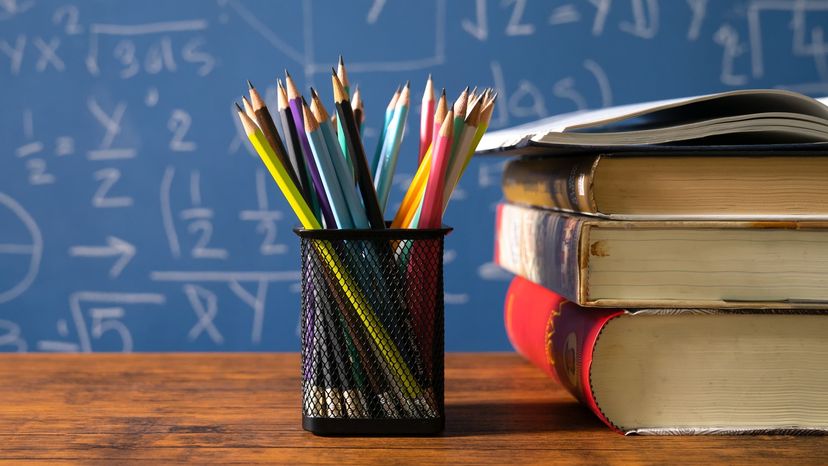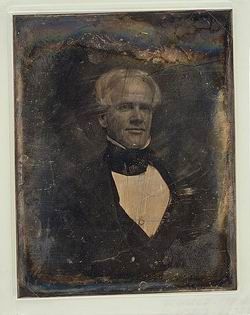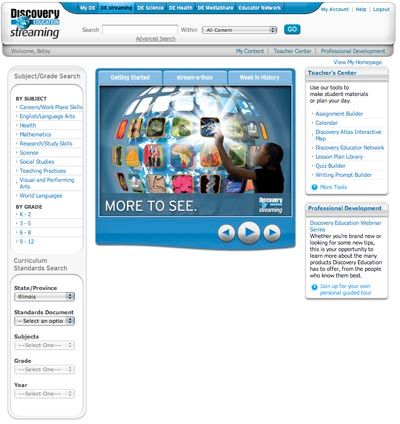For much of the 20th century, parents really had only two choices—either send their children to the public school in their district, or pay for private school. Today, however, the growth of charter and magnet schools has increased the number of publicly funded educational opportunities available to students.
Charter Schools
The term “charter” is believed to have come from a New England teacher named Ray Budde, who suggested in the 1970s that local school boards give teachers “charters,” with which to try different teaching approaches. In the late 1980s, the city of Philadelphia began experimenting with a charter school model inside its existing public schools.
The first charter school opened in Minnesota in 1992. That same year, California passed its own charter school law. By 2003, 40 states had charter laws on the books. In 2005, the national Charter School Program had issued almost $217 million in grants for charter schools. Today, there are more than 3,000 charter schools across the nation, serving nearly 900,000 students.
Typically, parents, community leaders, teachers, or school districts submit a proposal to create a charter school. Once the charter is approved by the local school board or state board of education, the U.S. Department of Education provides grants to pay for the school planning and implementation.
Although publicly funded, charter schools have far more autonomy than do other public schools. They can tailor their programs to the needs of the community, rather than adhering to state or national guidelines. Also, they can teach in more innovative ways than traditional public schools. Although charter schools technically accept every student within their area of coverage, they sometimes will hold a lottery if the number of interested students exceeds the available slots.
Each school outlines its mission, program, goals, students, and assessment methods in its “charter.” Most charters are granted for a period of three-to-five years. During that period, the school has to prove to the school board or board of education that it has achieved academic results. If not, the charter can be revoked. Between 1991 and 2004, about 400 charter schools were forced to close.
Magnet Schools
Magnet schools were designed to encourage racial integration by incorporating students from different communities within the same area. These schools are usually regulated to make sure they have a good balance of students from all ethnic backgrounds.
Magnet schools often focus on a particular area or skill set, such as gifted and talented, math or science. Principals are given greater control over curricula than are principals in traditional public schools. Magnet schools also can be more selective, accepting or rejecting students on the basis of academic ability and/or behavior.
Magnet schools are funded by federal and state grants, local school boards, corporate contributions, and sometimes tuition. As of 2001-2002, there were 3,100 magnet schools in the United States.
For more information on public schooling and related topics, check out the links on the following page.



